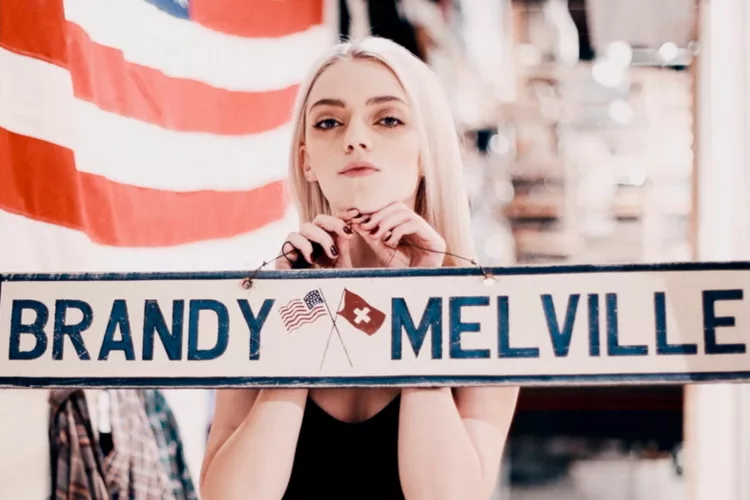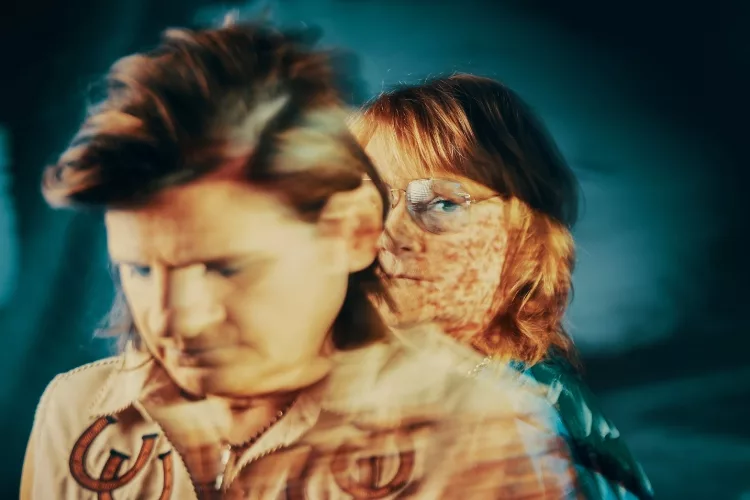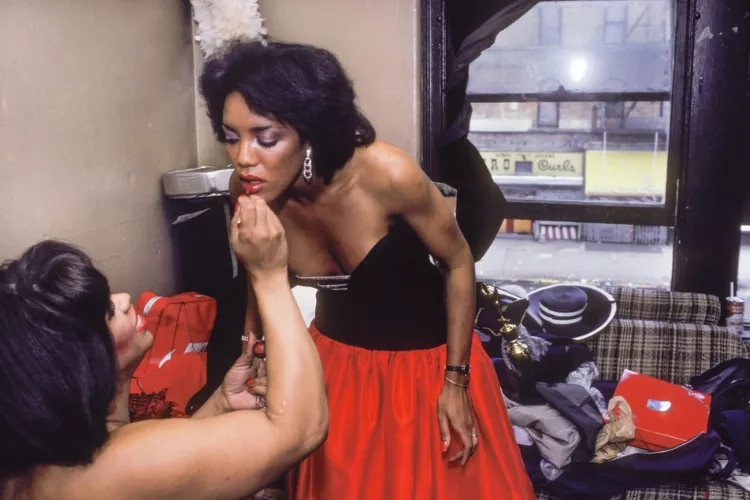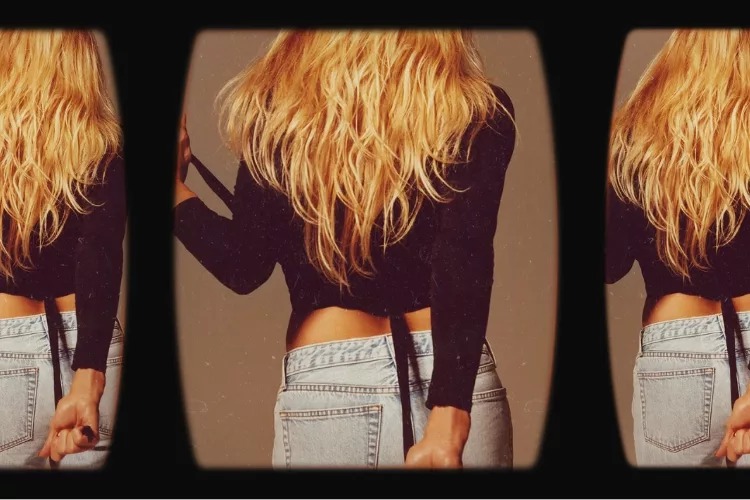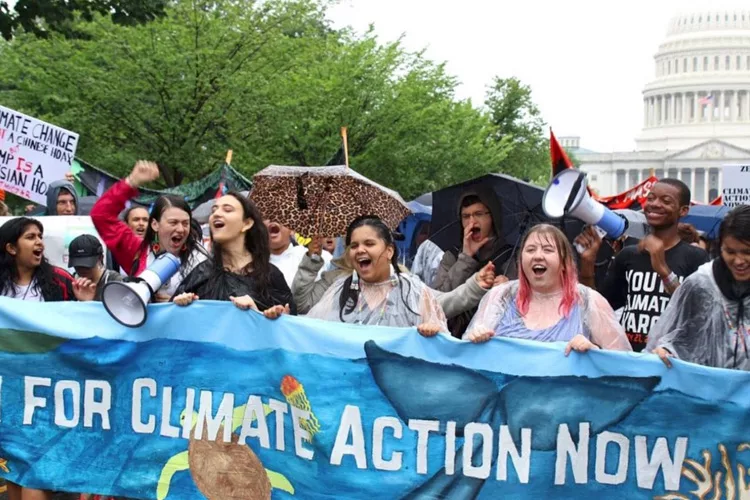A whirlwind tour of the evolution of ‘masculinity’ expressed through fashion & art
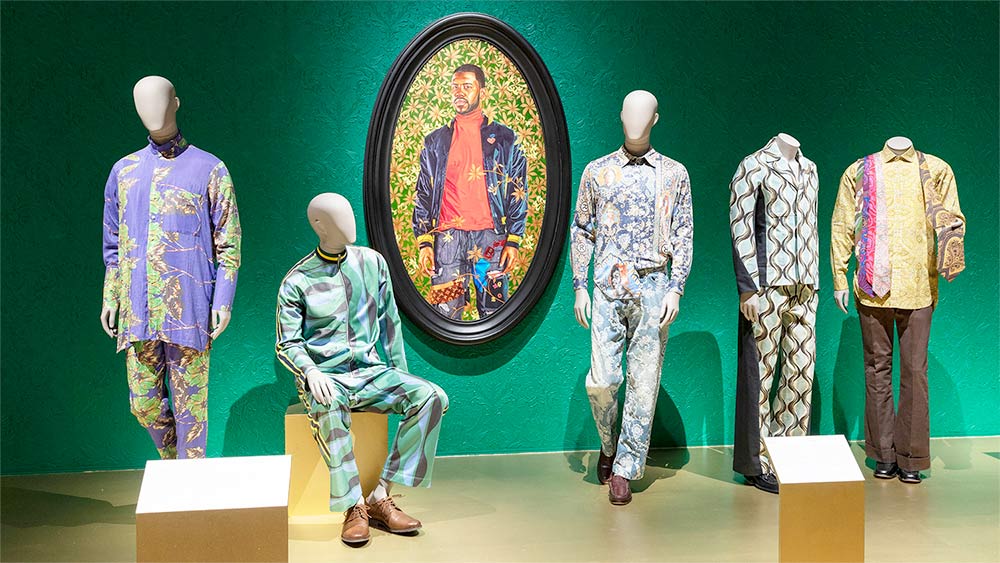
In the UK? Be sure to catch Fashioning Masculinities at the V&A before it winds down this November, especially if you are lucky enough to be in town for London Fashion Week next month. Expect to spend at least two hours in the galleries to really process this show. It is broken into 4 sections: Undressed, Overdressed, and Redressed – follow, culminating with the finale, Dressed. There was a lot packed in so I’ll share just the highlights that stood out for me.
Undressed
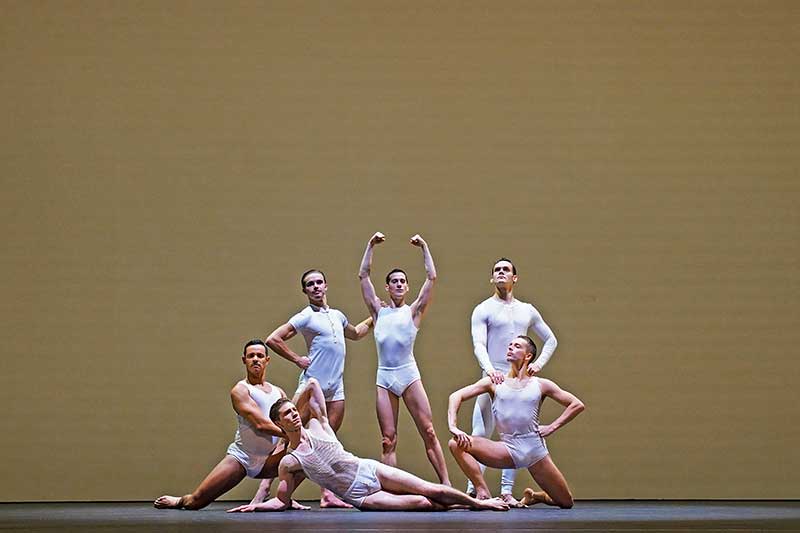
My first view of the exhibition is underwear — always a good place to start. The gallery is full of starched white linen and voluminous sleeves that drape the body. Directly behind the display models is a screen playing a looped extract from an all-male dance performance by Matthew Bourne’s New Adventures – one of Britain’s iconic contemporary dance choreographers.
In the film, strong bodies move through time and space, sometimes gesturing to each other, holding one another in moments of vulnerability and sometimes weaving in and out of one another’s trajectories. It’s an intimate dance that encapsulates the tone of the surrounding garments. As I walk through the progression of flouncy undergarments, my attention is grabbed by Bruce Weber’s iconic photograph of Olympiad Tom Hintnaus for the 1982 Calvin Klein underwear campaign launch that completely revolutionized men’s underwear.
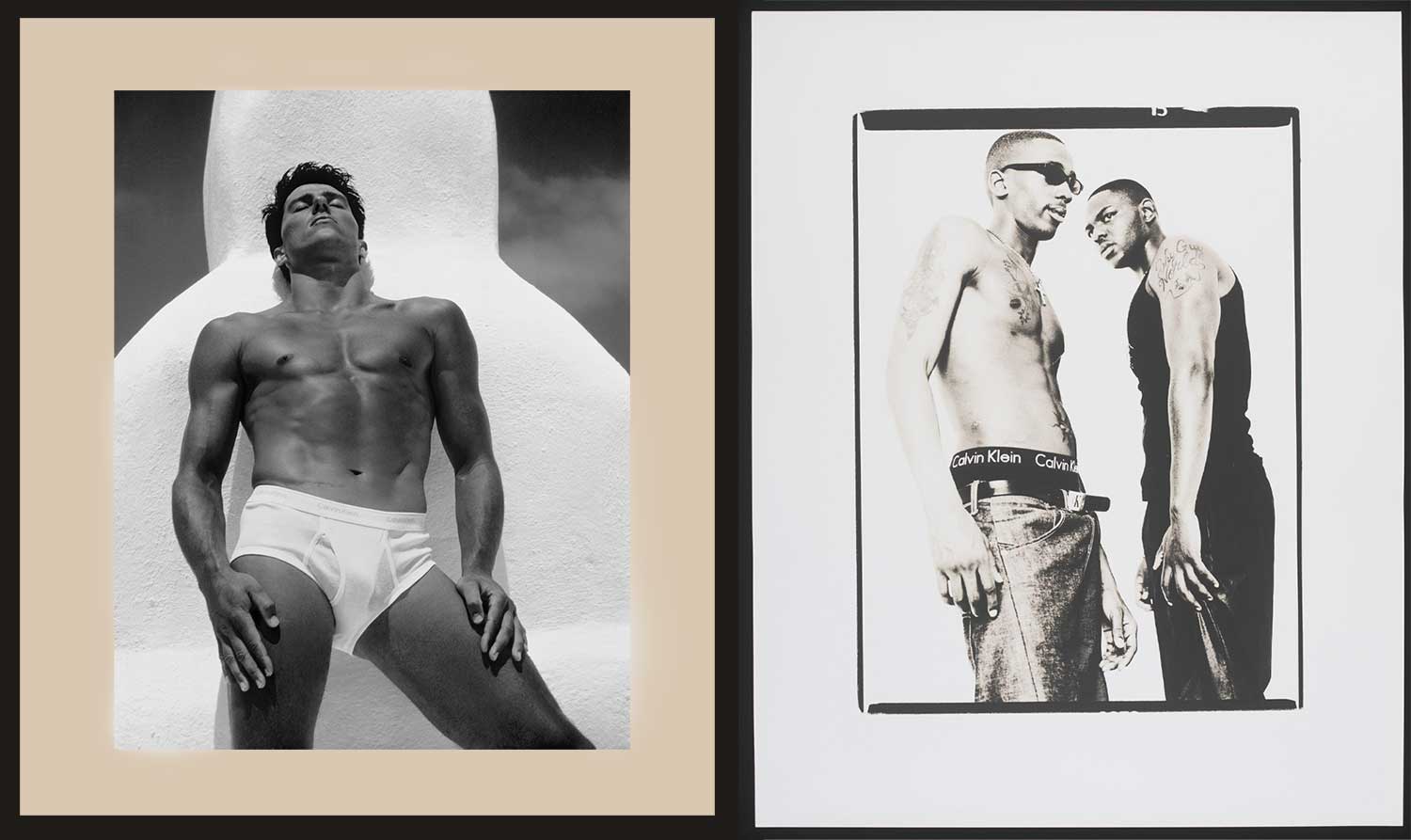
It is this image of a muscular young man in figure-hugging underwear that so boldly broke away from the simple boxer short and Y-fronts. In the photograph, Hintnaus is reclining against a phallic sculpture while Weber shoots him from below, his chiseled features and toned torso and legs give a sense of a Greek god. This sexually charged image coupled with the branded waistband became a status and sex symbol in popular culture. The next photograph that caught my eye was Jennie Baptiste’s ‘Brixton Boyz’. Nearly 20 years after launch of Calvin Klein underwear, two young black men in London’s Brixton continue the context styled differently. Rather than just the underwear itself, the two bare-chested men, sport low-slung jeans – a sign and indicator of hip hop culture. Calvin Klein spans both sectors of popular media, high-end ’glossy magazines’ to streetwear.
Overdressed
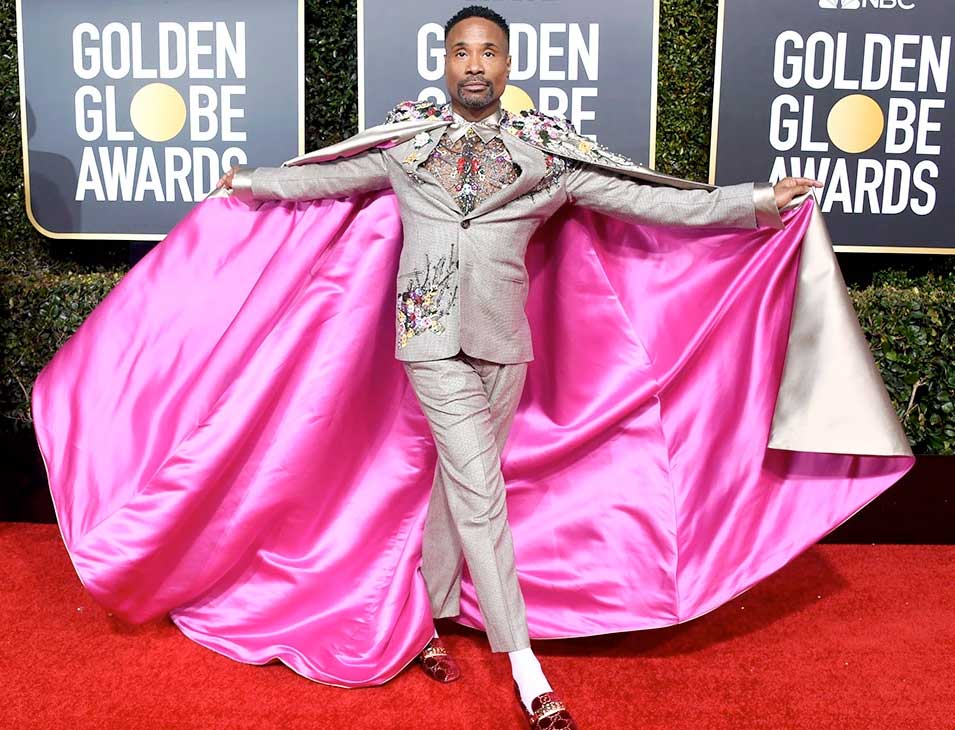
The exhibition forays into the status and wealth associated with European nobility and their silk garments – from the Japanese kimono to Jaquard waistcoats. To wear these was to perform their wealth and status in society and especially in the style of the French court which gave rise to ‘Dandyism’. You can see echoes of this today with Billy Porter’s iconic Randi Rahm ensemble – a suit and full-length embroidered cloak with a hot pink lining which he wore at the Golden Globes in 2019.
My highlight of the exhibition is the range of black male masculinity expressed through Yinka Shonibar’s hyper-realistic photograph, Diary of a Victorian Dandy 17.00. It is a group shot where a Black man dressed in full French Court regalia plays pool with his white counterparts. To me, it looks like a performance of stepping into the power of white male dominance.
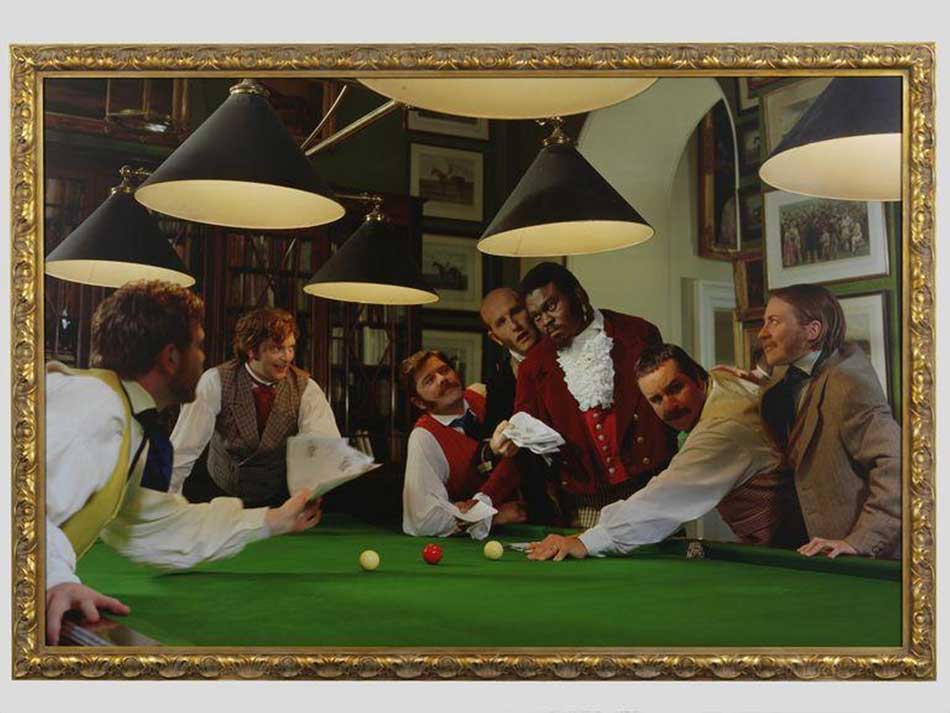
This is confirmed by this statement from the V&A “Shonibare’s dandy is an outsider or foreigner who uses his flamboyance, wit and style to penetrate the highest levels of society, which would otherwise be closed to him. Much of Shonibare’s work engages with his ‘outsider’ status as a black, disabled artist and investigates conditions of postcolonialism and globalization. This series also engages with the construction of identity and nostalgic representations of British heritage.”
From the above to the Christian Siriano tuxedo gown worn by Billy Porter at the Oscars, the show eloquently challenges assumptions of what masculine dress is and isn’t.
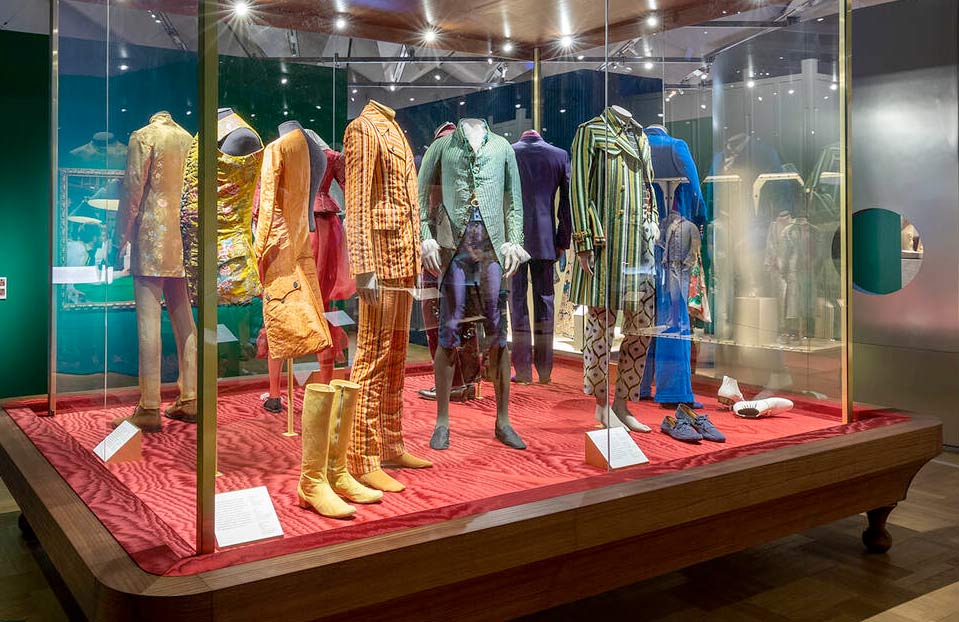
Redressed
Women also make an appearance as they fashion masculinity by wearing the classic tuxedo. Charlotte Rampling in Yves St Laurent’s 1972 ‘Le Smoking’ Trouser Suit, while Marlene Dietrich and Judy Garland also make an appearances as the first women in popular culture to wear the tuxedo. (Although I was surprised Bianca Jagger’s white wedding trouser suit did not make the cut). For these women, in their time, to dress ‘masculine’ was a statement of power and dominance.
Designers and fashion lovers alike will find it interesting to note the journey men’s tailoring has undergone — from the military officer silhouette to the relaxed silhouettes made for life today with the shorter trouser legs in some cases and the looser, more relaxed fit. For me, Rick Owens’ suit is a compelling deconstruction and reconstruction of the ultimate ‘masculine’ garment.
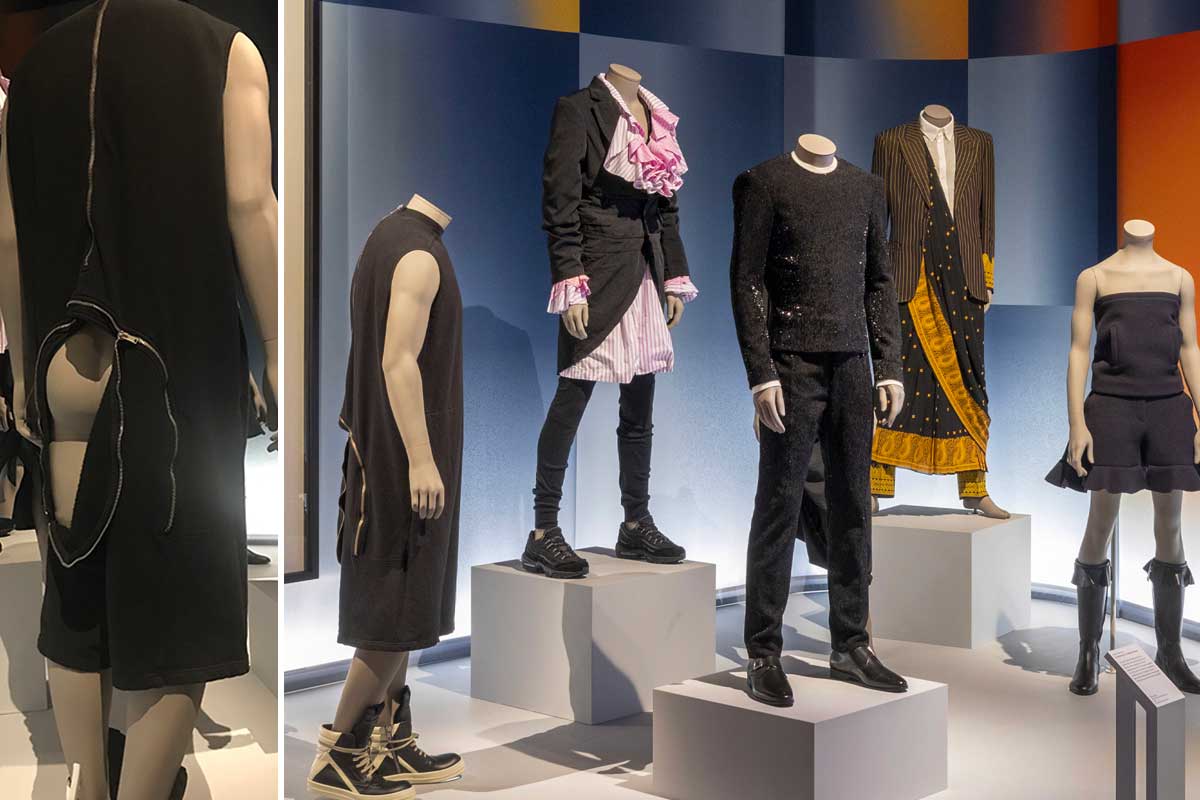
It’s completely perverse. A big, zippered panel on the lower back. Owens’ interpretation of the suit unfastens restrictive definitions of masculinity.
-Charlie Porter
Dressed
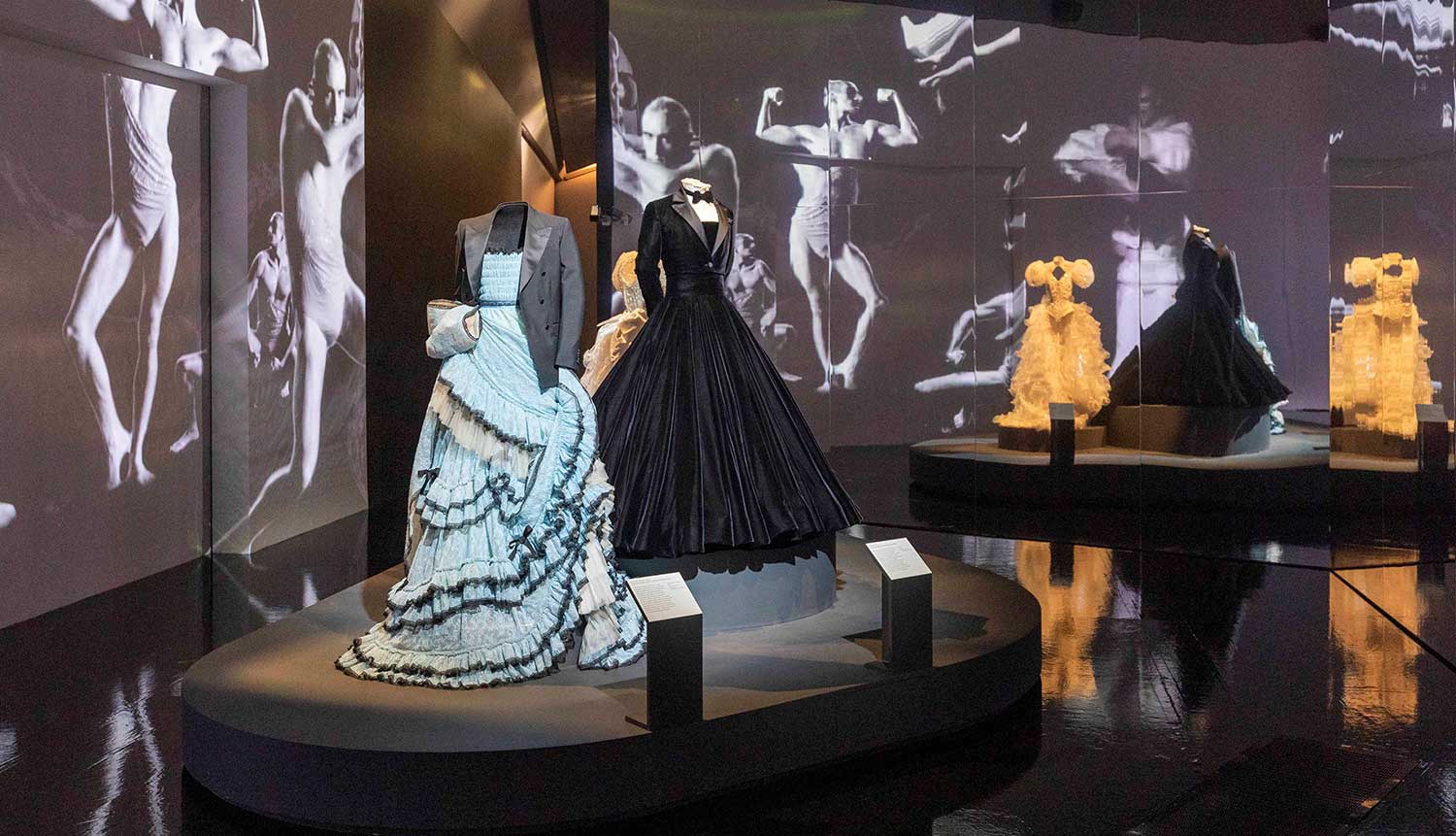
And finally The exhibition culminates in a celebratory finale, showcasing three iconic gowns – a Christian Siriano tuxedo gown worn by Billy Porter, an Alessandro Michele for Gucci custom gown and tailored jacket worn by Harry Styles, and a wedding dress by Ella Lynch worn by Bimini Bon Boulash.
The exhibition is not only an education in the history of European menswear, but it is a study of how society expressed masculinity from the 18th century right up to today. It presents around 100 looks and 100 artworks with contemporary looks by legendary designers and rising stars displayed alongside historical treasures from the V&A’s collections and landmark loans: classical sculptures, Renaissance paintings, iconic photographs, and powerful film and performance. From looks by Gucci and Raf Simons, to paintings by Sofonisba Anguissola, Kehinde Wiley and Joshua Reynolds, contemporary artworks by Robert Longo and Omar Victor Diop, the exhibition showcases the variety of possible masculinities across the centuries from the Renaissance to the global contemporary.
All exhibit images either by the author, christine de leon or used with permission from Fashioning Masculinities: The Art of Menswear at the Victoria and Albert Museum, London, 19 March – 6 November 2022. In partnership with Gucci, with support from American Express ®.
–Christine de leon
Related Articles
Transgender Fashion Inspiration | 5 Trans People With Killer Style
IT’S TIME TO DEGENDER FASHION
THIS is Queer Fashion
Bethany Williams Shows Best of Fashion in “Alternative Systems” Exhibit

